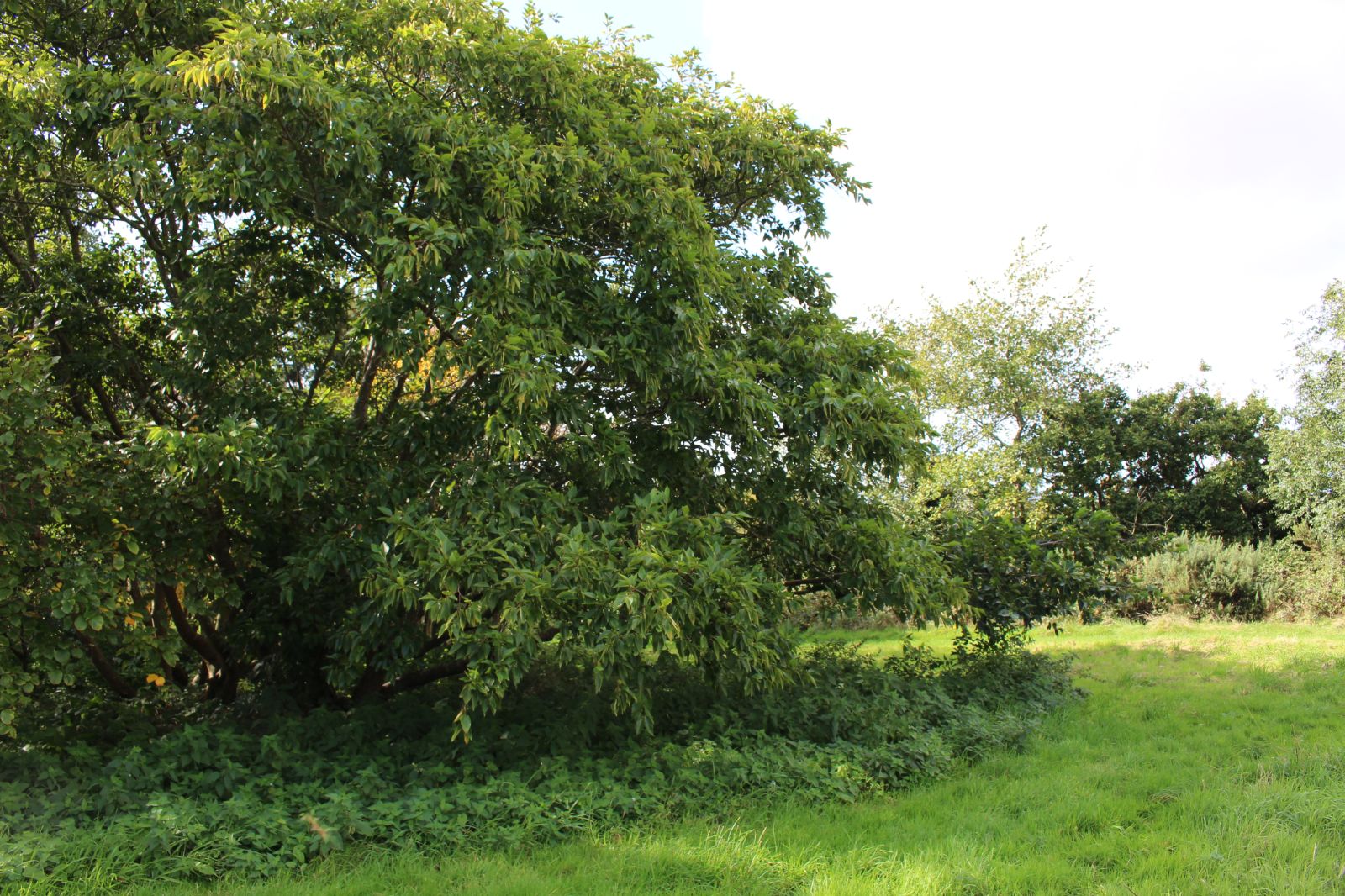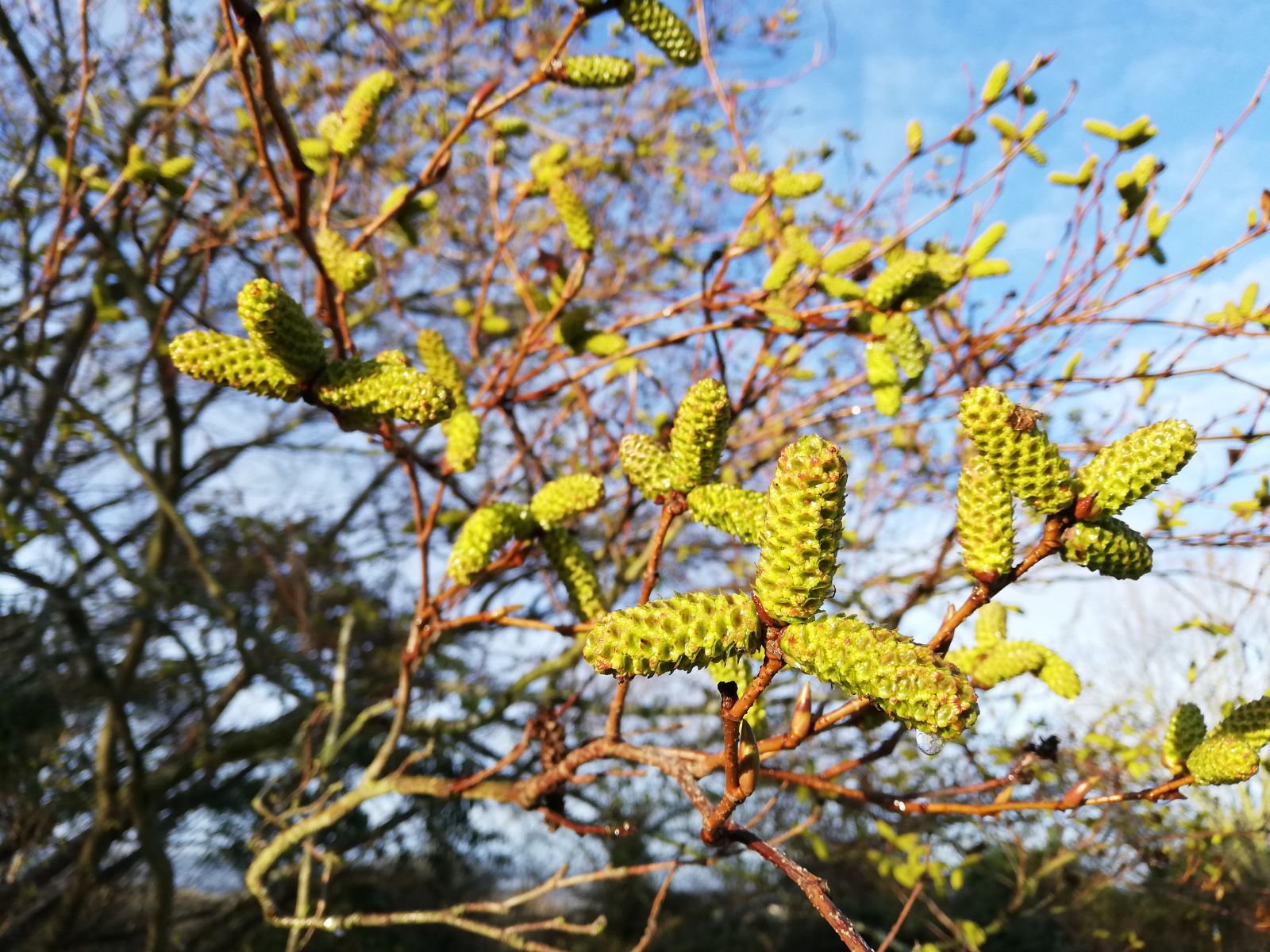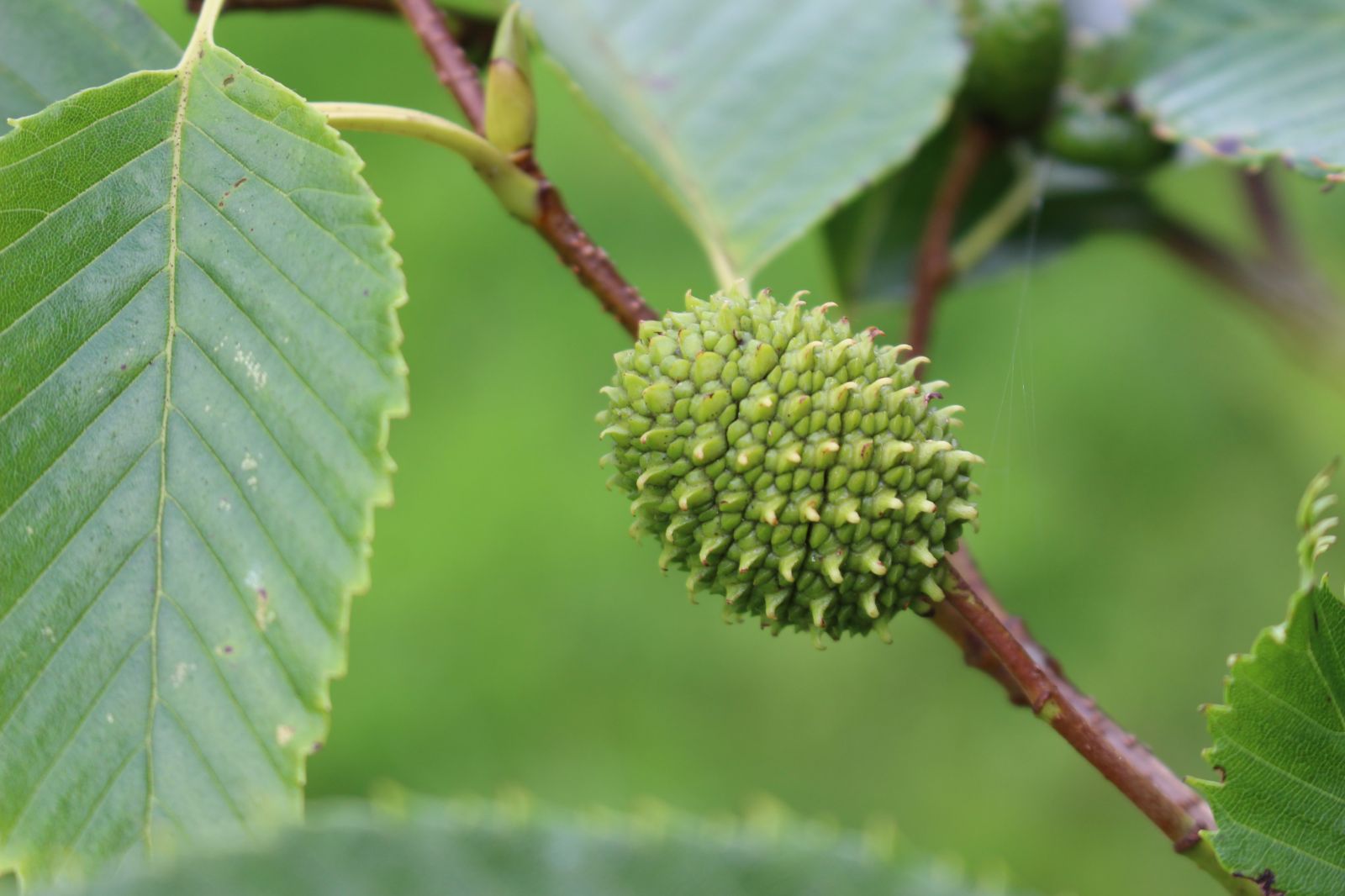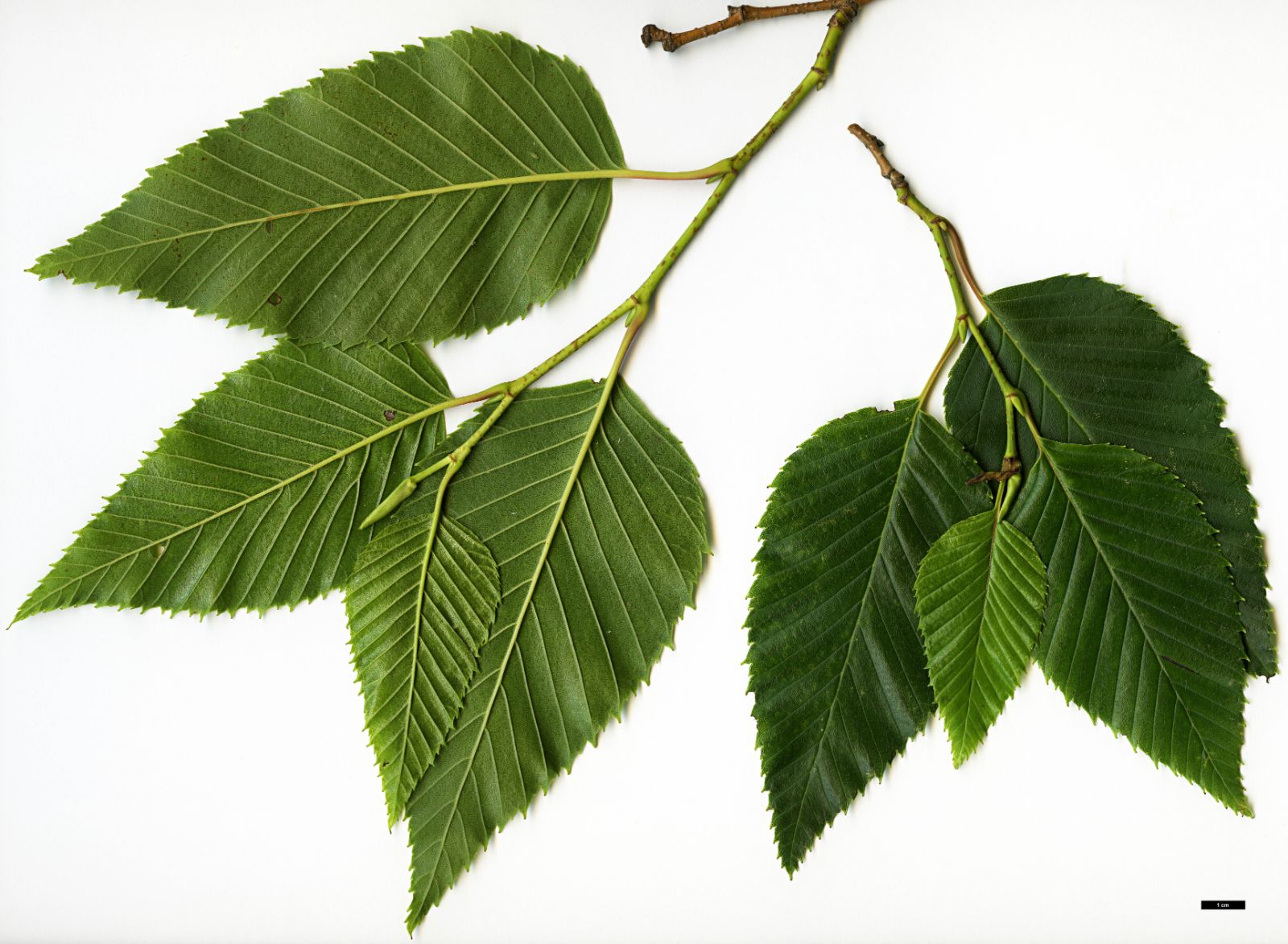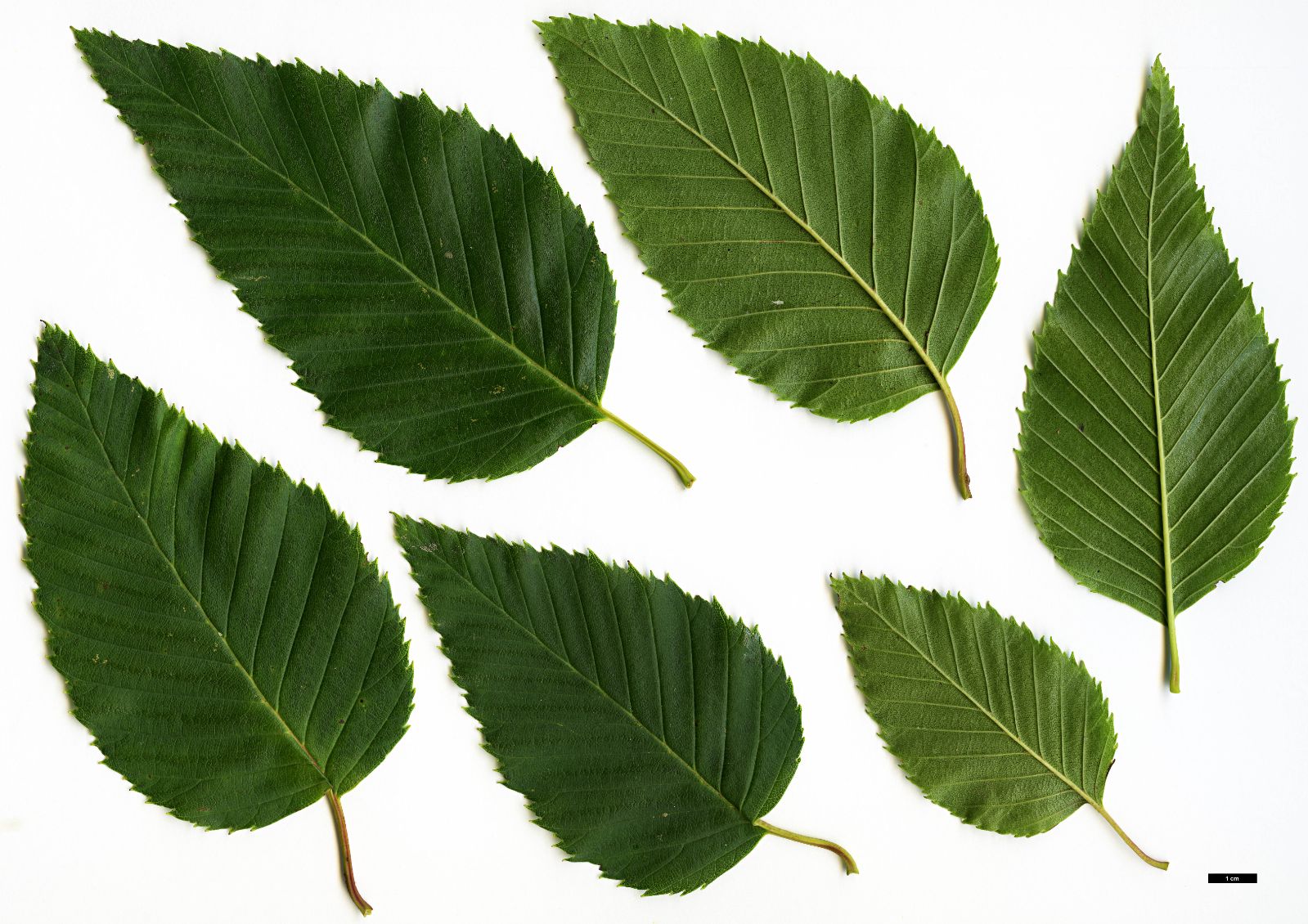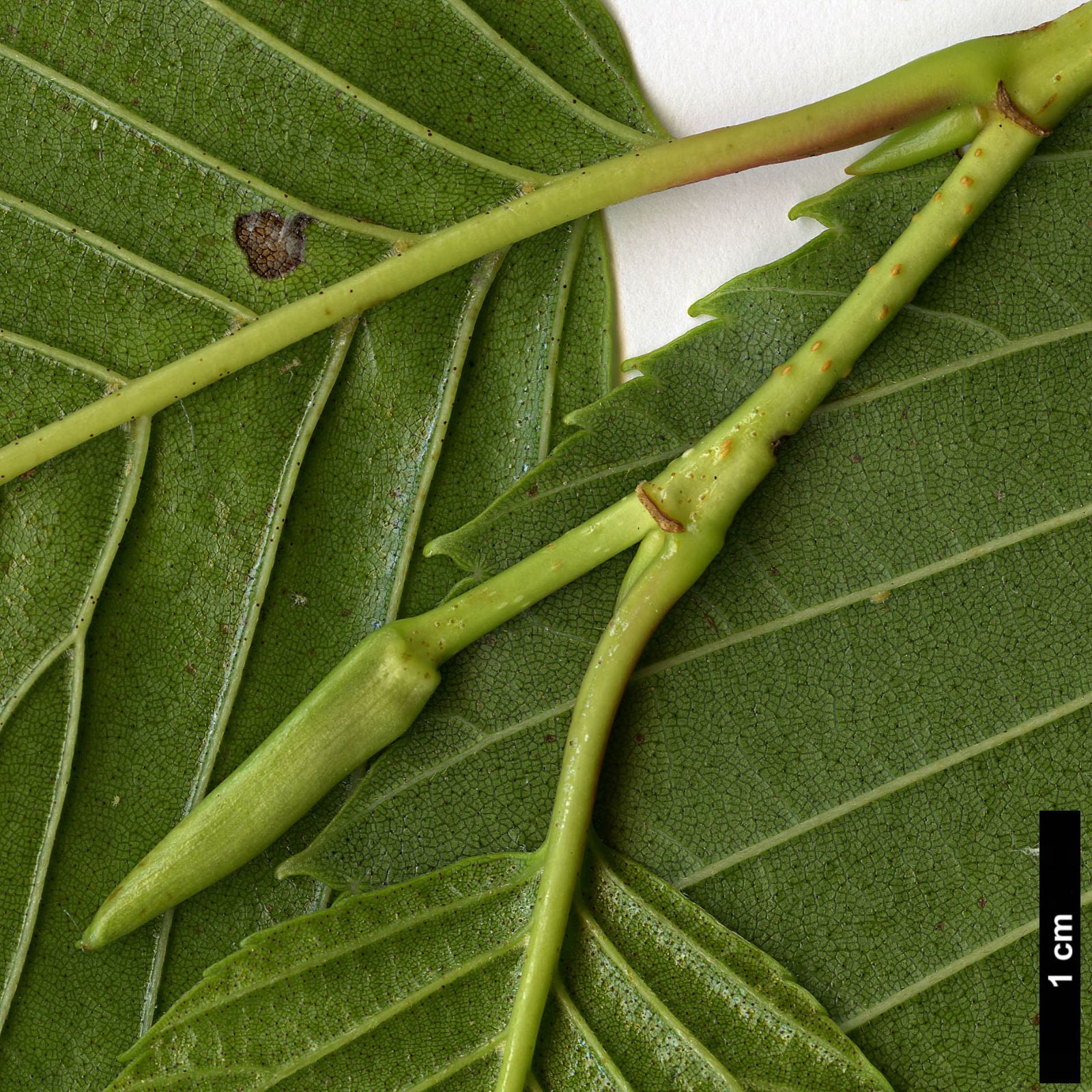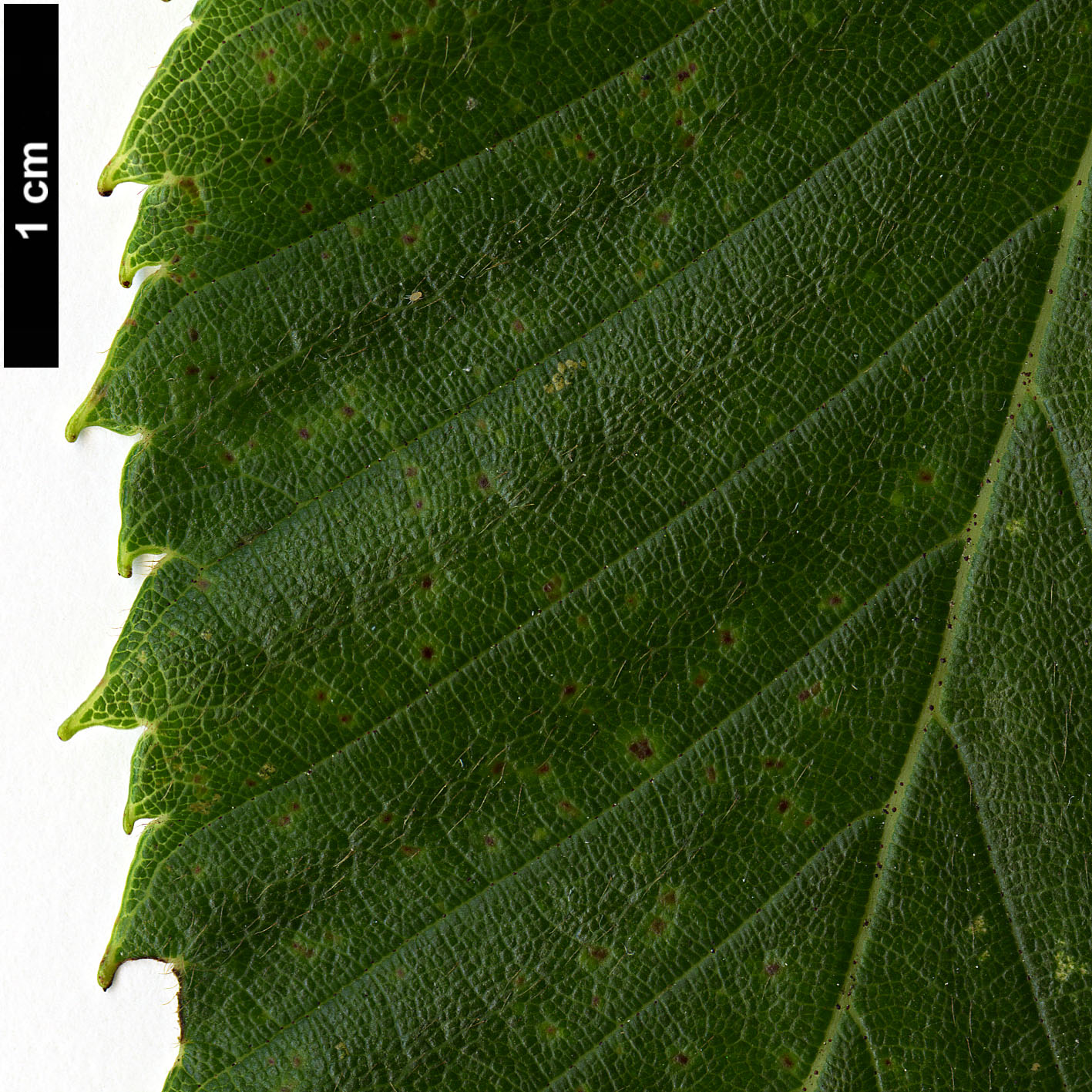Alnus sieboldiana
Sponsor
Kindly sponsored by
a member of the International Dendrology Society
Credits
Tim Baxter & Hugh A. McAllister (2024)
Recommended citation
Baxter, T. & McAllister, H.A. (2024), 'Alnus sieboldiana' from the website Trees and Shrubs Online (treesandshrubsonline.
Genus
- Alnus
- Subgen. Alnobetula, Sect. Bifurcatus
Common Names
- Oba-yashabushi
Synonyms
- Alnaster sieboldianus (Matsum.) Murai
- Alnus firma var. sieboldiana (Matsum.) Winkler
- Duschekia sieboldiana (Matsum.) Holub
Other taxa in genus
- Alnus acuminata
- Alnus alnobetula
- Alnus betulifolia
- Alnus cordata
- Alnus cremastogyne
- Alnus djavanshirii
- Alnus dolichocarpa
- Alnus × elliptica
- Alnus × fallacina
- Alnus fauriei
- Alnus ferdinandi-coburgii
- Alnus firma
- Alnus formosana
- Alnus glutinosa
- Alnus hirsuta
- Alnus incana
- Alnus inokumae
- Alnus japonica
- Alnus jorullensis
- Alnus lanata
- Alnus lusitanica
- Alnus maritima
- Alnus matsumurae
- Alnus × mayrii
- Alnus nepalensis
- Alnus nitida
- Alnus oblongifolia
- Alnus orientalis
- Alnus pendula
- Alnus rhombifolia
- Alnus rohlenae
- Alnus rubra
- Alnus serrulata
- Alnus serrulatoides
- Alnus 'Sipkes'
- Alnus × spaethii
- Alnus subcordata
- Alnus trabeculosa
Large shrub or tree, to 12 m or more, multi-stemmed and often spreading. Bark light brown to silvery- grey with prominent lenticels. Branchlets stout, terete, light brown, stout, glabrous. Buds 7–18 × 3–5 mm, stipe 1–2 mm, conical, scales two, glabrous, glutinous. Leaves ovate to deltoid, 5–17 × 3–9 cm, apex acute to shortly acuminate, base truncate to cuneate, often unequal, adaxially glossy, dark to mid green, glabrous, abaxially mid to pale green, glossy, glabrous except adpressed hairs on veins and hairy domatia, strongly craspedodromous with 12–15 pairs of impressed parallel lateral veins, teeth double-serrated, forward pointing, extrorse. Petiole 1–4 cm, thickened to base, glabrous to sparsely villous. Stipules persistent, sagittate to ovate, 30 × 5 mm, glabrous. Staminate inflorescences catkin-like, terminal or axillary along stem, solitary or in pairs, robust, in bud over winter semi-erect to erect, oblong, shining green, glutinous, 10–22 × 5–10 mm, at anthesis extending to 40–90 × 8–15 mm, 2 leafy bracts at base. Pistillate inflorescences erect, solitary, on 4–7 cm peduncles along stem, 22–30 × 6–8 mm, bracts recurved, green, pistils green to red. Fruit ovoid, solitary (rarely in groups of up to 5), ovoid, 15–30 × 13–22 mm, green becoming black on ripening, bracts flat, 5–10 × 6–8 mm, lobes 5, equal sized with central lobe with recurved awl-like projection. Flowering March to June, fruiting September to October (Japan; often in flower earlier in cultivation). Probably hexaploid, 2n=84. (Iwatsuki, Boufford & Ohba 2006; T. Baxter, pers. obs.).
Distribution Japan Honshu (Kanto District and west to Kii Province) South Korea
Habitat Lowlands and foothills, especially abundant near the sea.
USDA Hardiness Zone 6-7
RHS Hardiness Rating H7
Conservation status Data deficient (DD)
Alnus sieboldiana belongs to a distinct section (Section Bifurcatus) within Subgenus Alnobetula that is identified by higher leaf vein number, ovate-lanceolate glossy leaves, and cone scales having recurved apices. In this treatment the group also includes A. firma, A. pendula and A. betulifolia. These taxa have been variously treated as separate species or varieties of one another; they are rather similar with several overlapping morphological characters, and although they are distinct entities, there is no consensus as to the most appropriate taxonomic treatment.
Alnus sieboldiana is distinct in being a large spreading shrub with glabrous branchlets, ovate-elliptic leaves with 12–15 vein pairs, and cones 25–30 × 15–25 mm, typically borne singly and erect, but these can be in clusters of up to 5 (as seen in KFBX 125, see below). The prominent leaf teeth are a useful distinguishing feature. It is a plant typically of lowland areas near the coast in southern Japan and South Korea. Plants in cultivation from the Korea National Arboretum (Gwangneung) are a slight exception, growing somewhat inland, albeit at low altitude (100–300 m asl). A. sieboldiana is very similar to and frequently mistaken for A. firma, but the two differ in that A. firma has smaller and more numerous cones, almost always in groups of two or more, pubescent or villous branchlets and a higher number of pairs of lateral leaf veins (13–17). A. pendula differs in its narrow (ovate-lanceolate) leaves with a greater leaf vein number (20–26), and cones held in pendulous clusters on long peduncles. There are ploidy differences between taxa, and some confusion surrounds this: A. sieboldiana is reported as hexaploid, while A. firma is tetraploid or octoploid, and A. pendula is diploid (H. McAllister, pers. obs., Rice et al. 2015). The occasional count for octoploid A. sieboldiana is in fact misidentified A. firma (e.g. Rice et al. 2015), which could be confirmed with ecological or morphological comparison. Although all plants are monoecious at Ness, UK, they often tend to be predominantly either male or female. Plants collected as “Alnus (?pendula) KFBX 125” and growing at Kew and Westonbirt are not A. pendula – despite the brackets and question mark having miraculously disappeared from records and labels! This collection’s identity is almost certainly A. sieboldiana; it was collected from very near the coast in southern South Korea, but it shares some characters with A. firma including some branchlets being sparsely pubescent and cones are more frequently held in groups (T. Baxter pers. obs.).
In cultivation, Alnus sieboldiana is one of the most attractive and useful of all alders, yet is still relatively uncommon. It appears to be remarkably tolerant of both drought and exposure. This species is grown far too infrequently, and along with A. pendula should be planted more often, including in urban areas. Two minor issues are that most plants insist on being a spreading shrub, with a few exceptions which are pleasantly arborescent, and it does cast heavy shade. A notable feature of the plantings at both Stone Lane Gardens and Ness in the UK is the way that several specimens from a single wild-origin collection are planted in a group together – a pattern that enables natural variation to be observed and maintained in a way that is only too rare in collections (Grimshaw & Bayton 2009). At Stone Lane Gardens the grove of A. sieboldiana is from a collection made by Kenneth Ashburner at Katanuma Lake, near Sendai, Honshu in 1980; at Ness these groves are from two collections from South Korea (Gwangyeung Arboretum, and Namhae County – KFBX 125). Individuals have sinuous grey trunks to 8–9 m tall, with multiple stems from the base supporting spreading limbs and a rounded canopy. Although deciduous, leaf fall is usually late in the season, often early winter, and a single plant at Ness insists on trying to be evergreen: leaves have remained on the tree until flowering in early spring the following year (pers. obs.). A. sieboldiana is most attractive in early spring when festooned with short and fat yellowish male catkins (females are inconspicuous and green). The large solitary cones also add interest throughout the year, changing from green to brown and finally almost black at maturity. At Howick, where there are three trees from a Motowo and Yoriko Kobayashi collection from Aichi Prefecture, Honshu, it has not been easy to establish (C. Howick, pers. comm. 2005), but the survivors were about 5 m tall in 2005. Differences in garden climate may be relevant here, but it does appear that provenance makes a difference; certainly, the Gwangyeung plants at Ness are superior to all others grown in Britain. A. sieboldiana appears almost immune to Alder Leaf Beetle, but high numbers of the pest may still cause mild damage.
Alnus sieboldiana is reasonably fast-growing and very easy from seed, which is produced in vast quantities by established trees, and is viable to very high levels (>90%). Other more recent collections have been made, and further plants can be found at the Arnold Arboretum, Sonoma Botanical Garden, Edinburgh and the Sir Harold Hillier Gardens. Although we have mentioned in general the usefulness of growing several plants of each collection in close proximity, usually essential for the production of viable seed since many species are self-incompatible, all provenances of A. sieboldiana appear to be highly self-compatible (T. Baxter pers. obs.).


